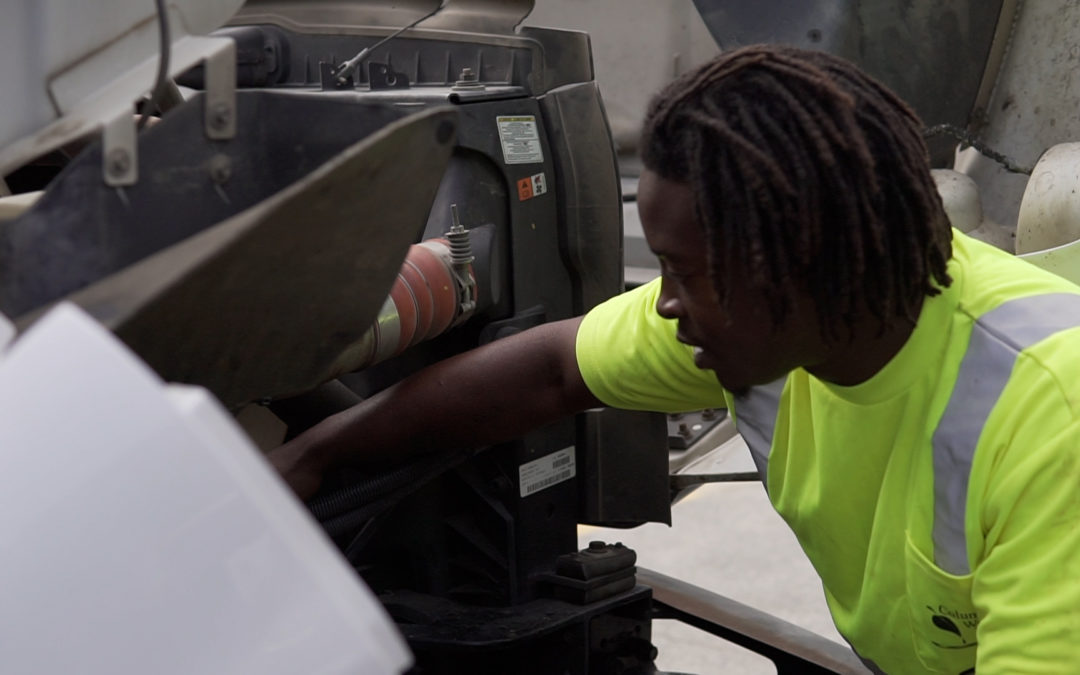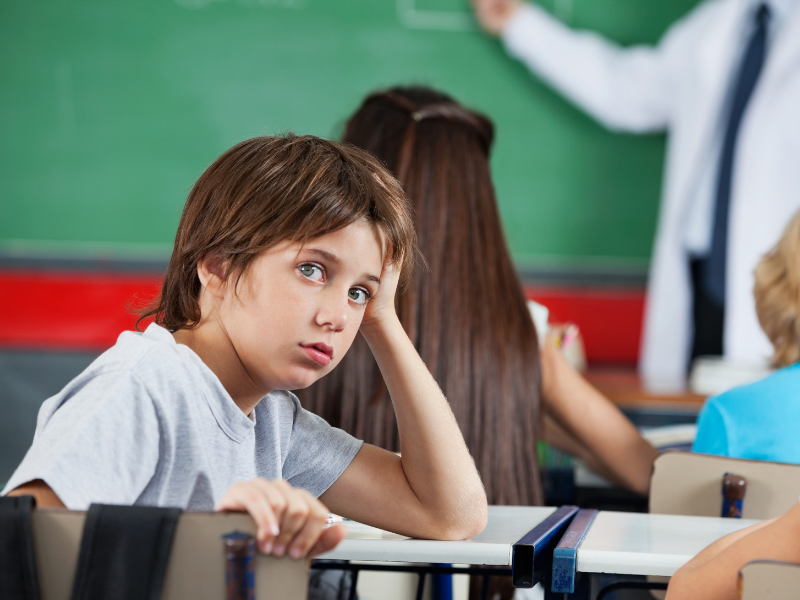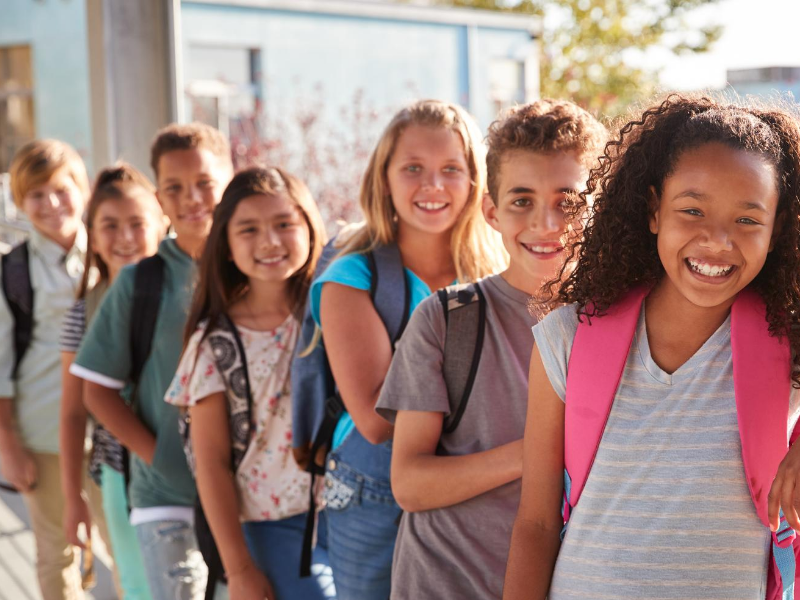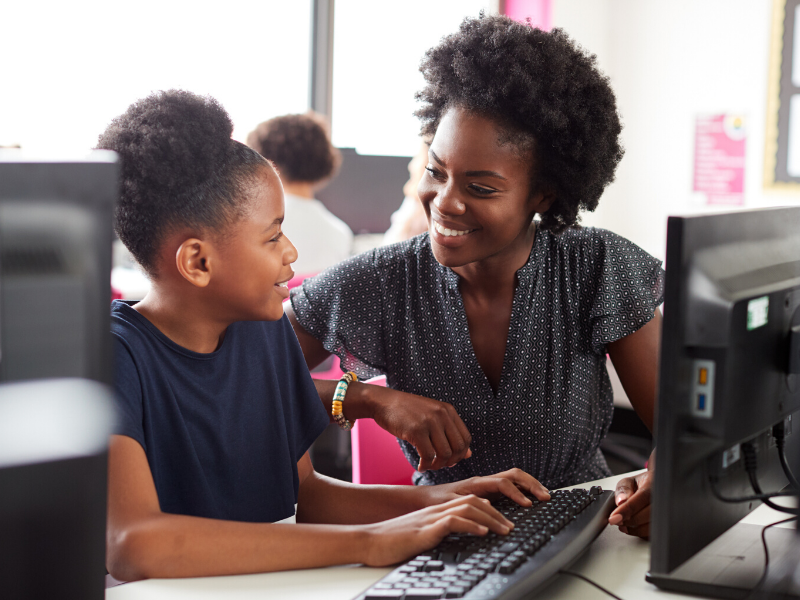
How Second Chances Impact Communities
How Second Chances Impact Communities
By Kristin Barker
I recently had a mini-awakening. We were interviewing a young man who was a convicted felon. He was given a second chance to move into a job about one year ago with a company full of champions who were able to recognize his immense on-the-job potential early on. They continue to outwardly encourage him, help him as he maps out his future path, and openly show him their appreciation. The support he receives from his managers and the Human Resources team is phenomenal. But I knew this going in.
This was not the awakening. The company is Columbus Water Works in Columbus, GA. As a core company value, they believe in providing great opportunities and giving second chances. This is not because the business itself is looking to gain, although it does gain a lot, but because their corporate culture encourages this as the right thing to do. This company is a Hiring Well, Doing Good partner in part because of this important core value that we share, so this was also no surprise to me. This was not the awakening.
As Kevin spoke about responsibility, he also shared his desire to influence others so they would begin see that opportunity does exist. As he continued, I saw a spark ignite in his eyes.
When he shared how he will encounter someone at a gas station and encourage him or her not to give up, it was clear that his influence on the community that surrounds him is a direct extension of the individuals who have nurtured and encouraged him since his incarceration. The responsibility he feels to share what he knows from his own experience is more valuable than any economic equation can measure. What he now knows without a shadow of a doubt is that there is hope and that he has value!
Our communities need to understand and appreciate Kevin and others like him. We must begin to see past our biases and speak life into those who have fallen. The poverty of community is just as important (if not more important) than economic poverty, and the butterfly effect I am describing is always at play either in a positive or in a negative way.
Every one of us decides daily who we will lift up and who we will allow to continue to fall. We choose every day whether we will contribute to the strength of our community by respecting and showing that respect to the weakest of our neighbors. The alternative is to fail to speak hope and to perpetuate hopelessness. As a result, this weakens our communities.
If we, collectively, determine to see the value that is inherent in others and begin to express this belief proactively and personally in an open and vulnerable way, the same spark that I saw in Kevin today will begin to catch fire in others who have no hope. Our communities will grow stronger and healing will follow.
As for me, I am thankful. I am thankful for the opportunity to meet Kevin and to hear his story. I am thankful to learn from his experience. I am also thankful to know the great leaders at Columbus Water Works who live their corporate values on the job every day. Above all, I am thankful to live in a community where potential is abundant, people generally support one another, and opportunities abound for most. My greatest hope is that tomorrow, those opportunities will abound for all!
EMPLOYMENT RESOURCES
SYSTEMIC WELFARE IN GEORGIA: PART 1 THE CASE FOR REFORM
In the first paper of our three-part series presenting a vision for systemic welfare reform in Georgia, we explore the need for a welfare system that starts with the assumption that natural support systems, including individual work and a reliance on family and community assistance, should be the primary sources of help when individuals face financial need. This report demonstrates how the current system does not meet these assumptions and points to the need for reform.
SYSTEMIC WELFARE IN GEORGIA: PART 2 PRINCIPLES AND FRAMEWORK FOR REFORM
In the second paper of our three-part series presenting a vision for systemic welfare reform in Georgia, we explore the new system as we imagine it could be, give guiding principles, provide a general framework for how the reformed system can function, and establish preliminary steps needed to implement the vision.
SYSTEMIC WELFARE IN GEORGIA: PART 3 HOW THE NEW SYSTEM WILL WORK
In the third and final paper of our three-part series presenting a vision for systemic welfare reform in Georgia, we propose the creation of new, consolidated program modules (including their structure, design, and expected outcomes) to replace current, disjointed programs. We go on to present a structure Georgia’s governor and executive agencies could adopt to effectively and in relatively short order implement a reformed system.
A REAL SOLUTION FOR HEALTH INSURANCE AND MEDICAL ASSISTANCE REFORM
Medical assistance programs have long needed reforms to address high prices and lack of access. Despite the fact that federal policy tends to dominate medical assistance programs, states do have some flexibility to enact reforms. This study explores how states – and particularly Georgia – have flexibility and can experiment with Medicaid, the State Children’s Health Insurance Program (SCHIP), and the Affordable Care Act (ACA) to improve access, lower costs, and streamline the system to better serve those in need of assistance.
HIRING WELL, DOING GOOD IN GEORGIA
Georgia has suffered from higher unemployment rates and lower high school graduation rates than the national average for many years. This report takes a look at the trends driving those problems and the potential solutions, including apprenticeships, that could lead to greater economic mobility for young adults.




